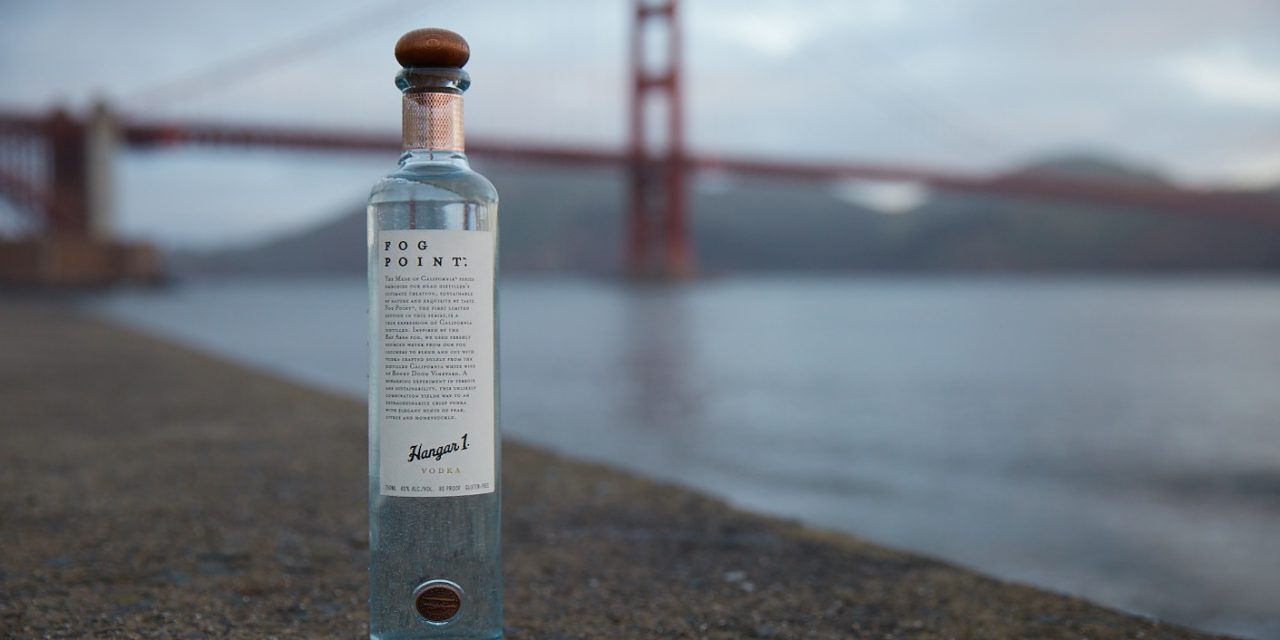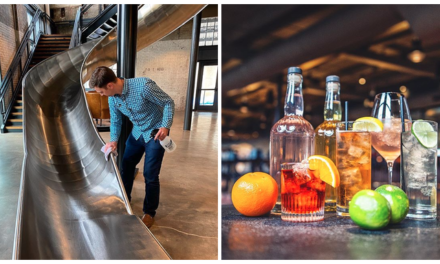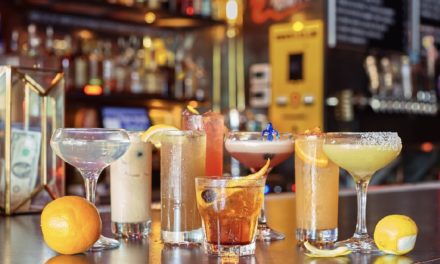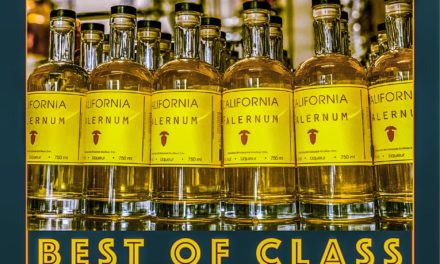Twenty-five years ago this spring, an academic named Charles V. Kidd wrote about the brief history of “sustainable.” The word itself had only surfaced in the modern sense two decades earlier, in 1972, when it joined a roster of other evocative but elusive words (many beginning with the prefix “eco-“). These generally referred to striving to live in balance with the environment—essentially the pioneer ethos of thriving with what you have. Or, as the Depression-era aphorism went: “Use it up, wear it out, make it do, or do without.”
Here are some ways distillers are learning from the past:
Conserving energy. Distilleries use more energy to produce a beverage than anything else we drink. Early producers figured out ways to reduce energy consumption because they had to. The pleasingly archaic J.M Distillery on the island of Martinique was cleverly designed decades ago, as were many other distilleries, on the side of a hill to harness gravity: Why pay for mechanical pumps and the energy they demand when gravity can do the work for you? Sugar cane is loaded in a hopper at the top, juice flows downhill to fermenters, the wash flows downhill to the still, and the rum emerges at the bottom, ready for the barrel. You can also see gravity at work at old-school distilleries such a Buffalo Trace and Woodford’s Reserve in Kentucky, where barrels slowly roll from rickhouses down narrow tracks to their destination without a calorie of energy being consumed.

Hangar 1 vodka uses mesh screens to capture and condense Bay Area fog for its Fog Point Vodka
New distilleries embracing this approach include Mackmyra Whisky in Sweden, which designed its nearly four-story gravity-fed distillery in 1999, eliminating the need for pump and power, just as industry forebears did centuries ago.
Conserving water. Distilling is the most aggressive consumer of water in the beverage industry. But designers of centuries-old stills often found clever ways to redeploy used water—for example, recycling hot water produced during condensation to pre-heat the next batch of mash. Today, still design is increasingly crafted around using each gallon of water more than once before diverting it to the waste stream. It’s an idea embraced by (among many others) Marble Distilling in Colorado, which claims to save 4.1 million gallons of water per year thanks to a distillery design that efficiently recycles cooling water.
Other conservation efforts include more whimsical approaches to harvesting water, as employed at San Francisco-based Hangar 1. In partnership with Canadian water conservation nonprofit Fog Quest, the distillery set up low-tech mesh screens to capture and condense Bay Area fog, which is then used in its limited edition Fog Point Vodka.
Sourcing locally. Every distillery is essentially a transportation hub: Raw materials and empty bottles are shipped in, and filled bottles go back on trucks to be shipped outbound again. That leaves a substantial carbon footprint that can be reduced by buying and selling as locally as possible. Once the only option, the practice is now embraced by many craft producers, which reduce transportation expenses and impact by attracting local consumers who are seeking local products. Tamworth Distilling & Mercantile in New Hampshire, for instance, strives to source everything from within 200 miles of the distillery, including juniper berries and other botanicals used in its gin.
“Sustainability” sounds buzzy and new, but it’s good to remember it’s actually a hoary, antique concept, originally embraced by distillers because they had no other choice. That history may prove to be good news for the distilling industry, which has a leg up thanks to its past.











